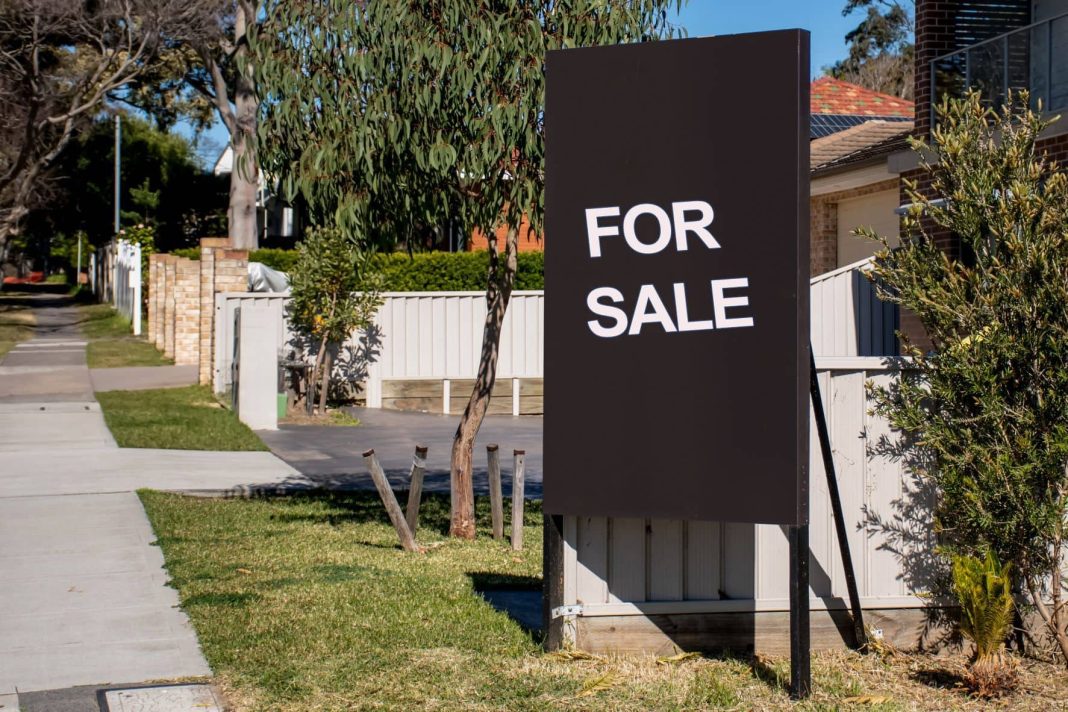A staggering 90 per cent of Australian prospective first home buyers, recorded being somewhat, very, or extremely stressed about purchasing their first property.
Canstar’s July First Home Buyer Survey revealed the top trends among Australian future first home buyers who are hoping to crack into the property market.
Of the survey group of 679 people, 48 per cent reported being ‘somewhat stressed’; 19 per cent reported being ‘very stressed’; 23 per cent reported being ‘extremely stressed’; and just 10 per cent reported being ‘not at all stressed’.
The majority of the group, 63 per cent, reported planning to purchase a home valued between $400,001 and $800,000, while 16 per cent said they’re planning to spend $400,000 or less, and 21 per cent are eyeing off a property worth more than $800,000.
According to CoreLogic, the national median house price sits at $816,659. With that figure, first home buyers need to scrape together $81,666 for a 10 per cent deposit and $160,332 for a 20 per cent deposit.
Thirty-six per cent of the group reported aiming to save a deposit of up to 10 per cent, and 37 per cent said they’re planning to save a deposit between 11 and 20 per cent.
Canstar’s Editor-at-large and money expert, Effie Zahos, says there are market forces working against first home buyers, but there are still ways to buy.
“Faced with costly living expenses, rising rents, sky high property prices, lower borrowing limits and all of this coupled with little to no wage growth, first time buyers can be discouraged from thinking it’s possible to buy in today’s market,” Ms Zahos said.
“A saving grace is property prices are starting to fall, and buyers will be looking at the trade-off between lower prices and higher mortgage costs compared to rising rents. Striking while the iron is hot and prices are off the boil could be the sweet spot for first home buyers as long as they take a realistic view of the market and buy what they can afford.
“Saving a 20 percent deposit for an $800,000 house could put anyone off when they realise it could take them more than a decade to reach that goal. Switching focus to a unit in an entry level suburb with a lower price point to cut the time to save will still be challenging, but it can mean getting on the ladder sooner.”
According to the survey, the top three barriers to saving for a house deposit were bills and household expenses (59 per cent), rent (53 per cent), and going out to eat (43 per cent).
Almost two thirds, 62 per cent, of prospective homebuyers reported putting money towards their deposit each month, while seven per cent reported they fail to save anything.
“Rising living costs and surging rents mean first home buyers are facing an uphill battle when it comes to their savings. Property affordability remains a major obstacle first home buyers are desperately trying to overcome, which certainly isn’t easy given wage growth remains slow,” Ms Zahos said.
“Potential buyers who are serious about saving need to create a bare bones budget to supercharge their savings. It’s possible to do this in a number of ways. One way is to change your living situation such as moving from renting a house to a unit, which in Canberra could bring in an immediate saving of $186 per week or $132 per week in Sydney and a saving of $51 each week in Melbourne.
“Another way to save is cutting back on everyday expenses. One less meal delivery, store-bought coffee, and café breakfast each week could save you around $55, or close to $3,000 in a year. It’s not to be sniffed at. Earning an extra $3,000 per year on the average weekly full-time earnings of $1,748 would mean working an extra two weeks, the equivalent of half your annual leave each year.”
Canberra Daily would love to hear from you about a story idea in the Canberra and surrounding region. Click here to submit a news tip.



